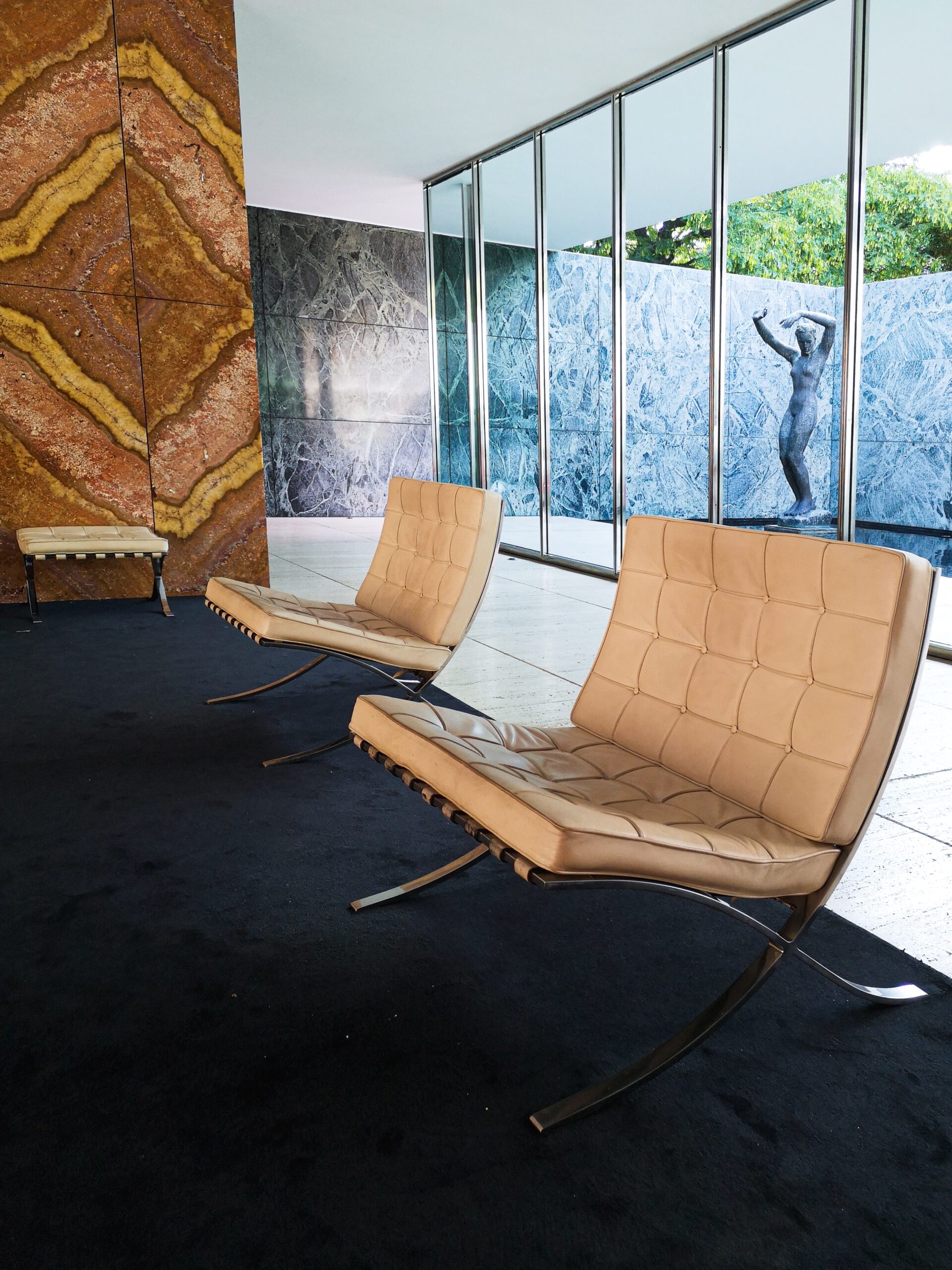Timeless Elegance: A Journey through the History of Mid-Century Architecture
Mid-century architecture holds a special place in the world of design, captivating enthusiasts and homeowners alike with its timeless elegance and innovative concepts – It also happens to be a specialty of ours. Spanning from the 1930s to the mid-1960s, this architectural movement continues to influence contemporary design and inspire new generations. In this blog post, we will embark on a journey through the history of mid-century architecture, exploring its origins, key characteristics, and enduring legacy.
Origins and Influences:
The mid-century architectural movement emerged as a response to the post-World War II era, with a focus on simplicity, functionality, and a departure from the ornate styles of the past. Key influences can be traced to various architectural pioneers and movements:
- International Style: The International Style, pioneered by architects such as Le Corbusier and Ludwig Mies van der Rohe, emphasized open floor plans, clean lines, and the use of modern materials like steel and glass. It set the stage for the minimalistic approach of mid-century architecture.
- Bauhaus: The Bauhaus movement, founded by Walter Gropius, emphasized the unity of art, craft, and technology. Its principles of functionalism and simplicity played a significant role in shaping mid-century design philosophy.
Key Characteristics:
Mid-century architecture is defined by several distinct characteristics that set it apart from other architectural styles:
- Organic Integration: Mid-century architects sought to integrate nature with the built environment. They often incorporated large windows and open spaces to create a seamless connection between indoor and outdoor spaces, blurring the boundaries and maximizing natural light.
- Clean Lines and Minimalism: Mid-century design embraced clean, straight lines and a minimalistic aesthetic. Ornamental details were stripped away, leaving behind pure and uncluttered forms that highlighted the beauty of simplicity.
- Innovative Use of Materials: Mid-century architects experimented with new materials, such as glass, steel, and concrete. They celebrated the inherent qualities of these materials and often showcased them in the design, embracing an industrial and futuristic vibe.
- Functionality and Efficiency: Mid-century architects prioritized functionality and efficiency in their designs. Homes were designed with a focus on livability, with open floor plans, flexible spaces, and efficient use of space.
Enduring Legacy:
The impact of mid-century architecture continues to be felt in the modern design landscape. Its influence can be seen in both residential and commercial architecture, as well as interior design. Here are a few examples of its enduring legacy:
- Iconic Mid-Century Homes: Mid-century architecture gave rise to iconic homes, such as the Farnsworth House by Ludwig Mies van der Rohe and the Case Study Houses by renowned architects like Richard Neutra and Charles Eames. These homes exemplify the principles of mid-century design and continue to inspire architects and homeowners today.
- Timeless Furniture Design: Mid-century architecture also influenced furniture design, with iconic pieces like the Eames Lounge Chair and the Barcelona Chair becoming symbols of the movement. The emphasis on functionality, clean lines, and quality craftsmanship is reflected in many modern furniture designs.
- Contemporary Revival: In recent years, there has been a resurgence of interest in mid-century architecture, with a renewed appreciation for its timeless elegance. Many homeowners seek to incorporate mid-century elements into their spaces, blending vintage pieces with contemporary aesthetics.
Mid-century architecture remains a testament to the enduring power of timeless design. Its emphasis on simplicity, functionality, and integration with nature continues to inspire architects, designers, and homeowners around the world. By celebrating clean lines, minimalism, and innovative use of materials, mid-century architecture has left an indelible mark on the design landscape. As we continue to appreciate its legacy, we can draw inspiration from the past to create spaces that are both timeless and relevant to our modern lives.
